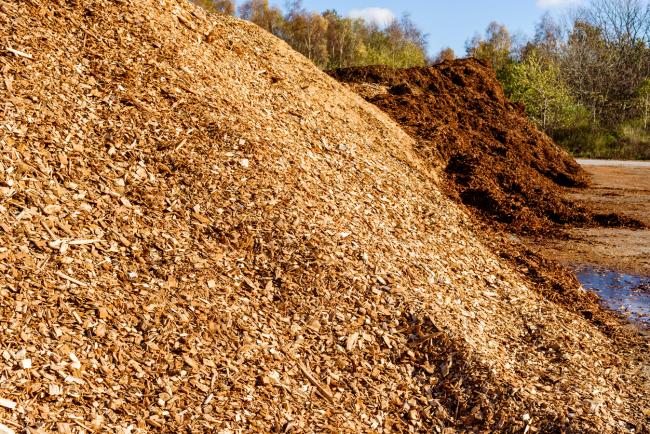Residual biomass for energy, agronomy and breeding use

The aim of the project is to evaluate the possibility of using different residual biomass with energy purposes (biofuel production), agricultural (production of fertilizer) and food (dietary supplement) as well as for the reduction of emissions of methane produced in the stable. The solution is the development of a technical system that allows on farm the realization of a solid carbonaceous product (Biochar) that can obtain a soil improver, biofuel, supplement for zootechnical use, both in the animal feed or as an additive in litter from cattle and poultry.
AGRICULTURAL INNOVATION
The agricultural benefits that may derive from the use of biochar in addition or not to animal deities are numerous. Through the planned and described agronomic tests, the benefits of the crop water balance (water reduction for irrigation and increased water resistance) will be revealed and disclosed, increased organic carbon content in the soil, reduction of leaching of nitrogenous nutrients .
ZOOTECNIC INNOVATION
The introduction of the biochar into the stable (in the animal diet and in the litterbox) has as its purpose the reduction of methane production (climber gas). Furthermore, thanks to the combined use of the biochar with the soil dampers, high environmental impacts will be valued and recycled, controlling the losses of N.
ENERGY INNOVATION
Energy innovation is given by the possibility of obtaining, through the use of a prototype roasting plant, a product with high calorific value and high energy density, but different types of biomass, especially those of lesser value such as the residuals of some processes forestry, urban greenery, agriculture and the agro-food sector.
| Titolo/Descrizione | Url | Tipologia |
|---|---|---|
|
Sito web del progetto
|
Sito web
|
|
|
Articolo - Un alleato per combattere il cambiamento del clima - Ecoscienza 2-2020
|
Materiali utili
|
|
|
Le nuove frontiere del biochar - Newsletter Fondazione Minoprio n. 6-2020
|
Materiali utili
|
|
|
Biochar: soluzione sostenibile Fertilizzanti 2-2020
|
Materiali utili
|
|
|
Presentazioni Convegno finale Progetto RBR-EAS 11-12-2020 I parte
|
Materiali utili
|
|
|
Presentazioni Convegno finale Progetto RBR-EAS 11-12-2020 II parte
|
Materiali utili
|
|
|
Video del progetto - Riutilizzo di biomasse residuali per uso energetico, agronomico e in stalla
|
Materiali utili
|
|
|
Video - Visita Applicazione di biochar in ambito agronomico e in stalla 17-11-2020 - Galeata (FC)
|
Materiali utili
|
|
|
Video Convegno finale Progetto RBR-EAS 11-12-2020
|
Materiali utili
|